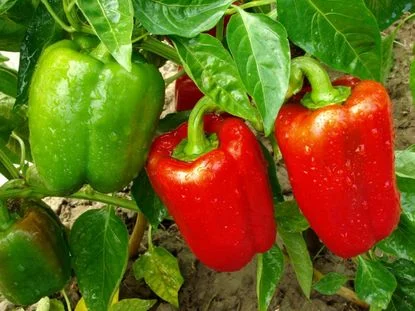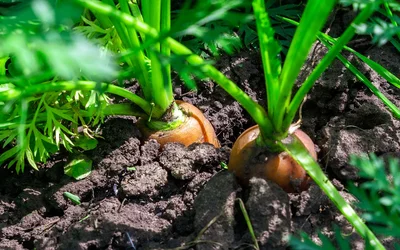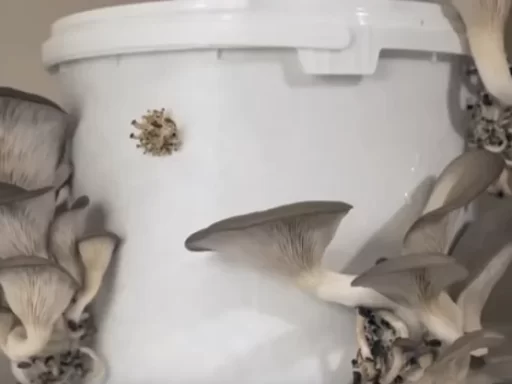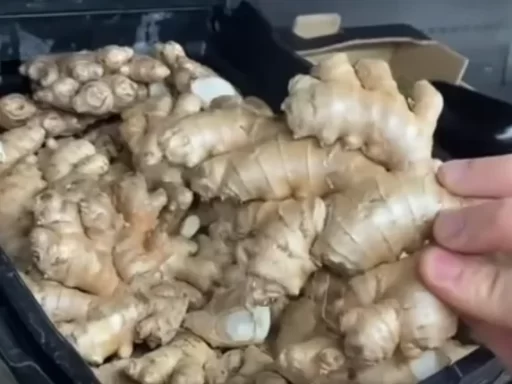As winter fades and spring approaches, gardening enthusiasts eagerly anticipate the vibrant growth and delicious harvests that the new season promises. Now is the perfect time to start sowing early seeds to ensure a fruitful garden when the weather warms up. In this article, we will explore some essential vegetables and flowers you can plant now to get a head start on your spring garden. From lettuce to marigolds, each selection offers unique benefits and flavors that will enhance your gardening experience and contribute to a bountiful harvest.
1. Planting Lettuce for a Fresh Salad
Lettuce is one of the first crops to consider when planning your spring garden. Its cold tolerance makes it ideal for early sowing, ensuring you have fresh salads ready as soon as the temperatures rise.
Selecting the Right Seeds
When choosing lettuce seeds, opt for a loose-leaf variety for easy harvesting. The seeds are tiny, so it’s best to pinch them across the soil surface and lightly cover them. To improve your chances of success, use fresh seeds, as they don’t last long. If you have old seeds, perform a germination test to check their viability.
Preparing the Soil
Use an all-purpose, peat-free potting mix for your lettuce seeds. After sowing, gently firm the soil to ensure good contact with the seeds.
Watering and Covering
To maintain humidity, water the seeds with a fine mist from a pump-action sprayer to avoid disturbing them. Covering the sown area with clear film or placing it in a plastic bag can create a warm, humid environment, ideal for germination. Once the seeds sprout, transfer them to a greenhouse or cold frame for continued growth before planting them outdoors.
2. Growing Spinach for Nutritional Benefits
Spinach is another nutritious crop worth planting early. Not only does it provide essential vitamins and minerals, but it also grows quickly, allowing for early harvesting.
Sowing Spinach Seeds
Sow two to three spinach seeds per plug in trays filled with potting mix. As the seeds germinate, they will thrive in a warm, bright environment.
Harvesting Spinach
To enjoy continuous growth, harvest spinach by taking one or two leaves from each plant at a time, allowing the others to flourish. The taste of freshly harvested spinach is incomparable and will elevate any salad.
3. Marigolds: A Gardener’s Best Friend
While primarily known for their vibrant colors, marigolds serve a crucial role in the vegetable garden. They attract pollinators and help control pests, making them an excellent companion plant for vegetables.
Starting Marigold Seeds
Marigold seeds require warmth to germinate. Start them indoors on a warm windowsill or heat mat to encourage quick growth. Scatter the seeds over the soil surface, cover lightly, and water them thoroughly.
Transplanting Marigolds
Once germinated, marigolds can be transferred to larger pots to allow for healthy root development. Once the risk of frost has passed, they can be planted in your garden to brighten up your vegetable beds.
4. Discovering the Joy of Jerusalem Artichokes
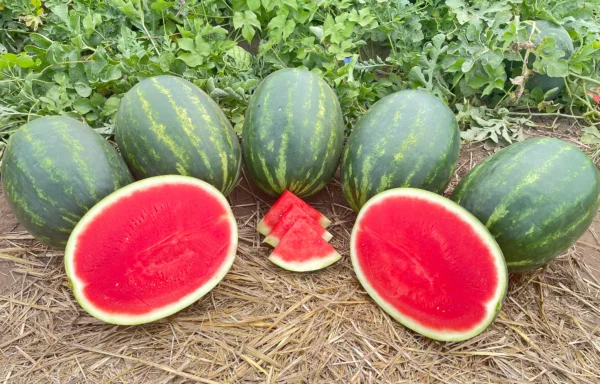
Jerusalem artichokes, also known as sunchokes, are an excellent addition to your garden. These hardy perennials yield impressive quantities of tubers, providing nutritious harvests throughout the winter months.
Planting Jerusalem Artichokes
Plant tubers about 30 centimeters apart in well-prepared soil. Dig holes approximately 20 centimeters deep and add compost if your soil lacks nutrients. These plants are incredibly resilient, capable of thriving in cold conditions, and they are virtually pest-free.
Benefits of Jerusalem Artichokes
Not only do they produce beautiful flowers in summer, but they also provide natural windbreaks due to their tall growth. You can replant some harvested tubers each year to ensure continuous growth.
5. Snap Peas: A Sweet Delight
Snap peas, or sugar snap peas, are a delicious addition to any garden. Their sweet flavor and ease of harvesting make them a favorite among home gardeners.
Sowing Snap Peas
Start snap peas indoors in toilet roll tubes to protect them from pests. Sow two seeds per roll and cover them lightly with soil. Once the seedlings are about 15 centimeters tall, they can be transplanted outdoors.
Enjoying Snap Peas
Snap peas can be harvested whole, pods included, making them a convenient choice for snacking and cooking. They can also be frozen without blanching, allowing you to enjoy them year-round.
6. Cultivating Lemongrass for Culinary Delights
Lemongrass is a versatile herb that enhances various dishes, especially in Southeast Asian cuisine. Starting lemongrass from seed indoors allows for a longer growing season and better harvests.
Planting Lemongrass Seeds
Sow lemongrass seeds in potting mix, covering them lightly as they require light to germinate. Keep them in a warm, sunny spot to encourage growth. Once established, transfer the seedlings into larger pots to allow for continued development.
Harvesting Lemongrass
Lemongrass can be harvested throughout the growing season, providing fresh flavor to your dishes.
7. Tips for a Successful Early Planting
- Choose Fresh Seeds: Ensure your seeds are viable by checking their freshness or conducting a germination test.
- Maintain Humidity: Use clear covers to keep humidity levels up during germination.
- Watch the Weather: Be mindful of frost dates and ensure your plants are protected from cold temperatures.
- Fertilize Wisely: Use compost to enrich your soil before planting for optimal growth.
Conclusion
With the arrival of spring, taking advantage of early planting can lead to a thriving garden filled with delicious vegetables and vibrant flowers. By sowing crops like lettuce, spinach, marigolds, Jerusalem artichokes, snap peas, and lemongrass, you set the stage for a productive gardening season. Start your seeds indoors, keep them warm and moist, and watch your garden flourish.
Frequently Asked Questions
- When is the best time to start planting spring vegetables?
- Early spring, when temperatures begin to rise, is the best time for sowing cold-tolerant crops like lettuce and spinach.
- How can I improve my seed germination rates?
- Use fresh seeds, maintain adequate humidity, and ensure the right temperature for germination.
- What vegetables are best for early planting?
- Cold-tolerant vegetables like lettuce, spinach, snap peas, and Jerusalem artichokes are ideal for early planting.
- Can I start my seeds indoors?
- Yes, starting seeds indoors provides a head start on the growing season and protects them from pests.
- How often should I water my seedlings?
- Water seedlings regularly, keeping the soil moist but not waterlogged, especially during germination.
- What companion flowers should I plant with vegetables?
- Flowers like marigolds and alyssum can attract pollinators and deter pests, benefiting your vegetable garden.
- How can I store seeds for next season?
- Keep seeds in a cool, dry place, preferably in airtight containers, to prolong their viability for next year’s planting.

